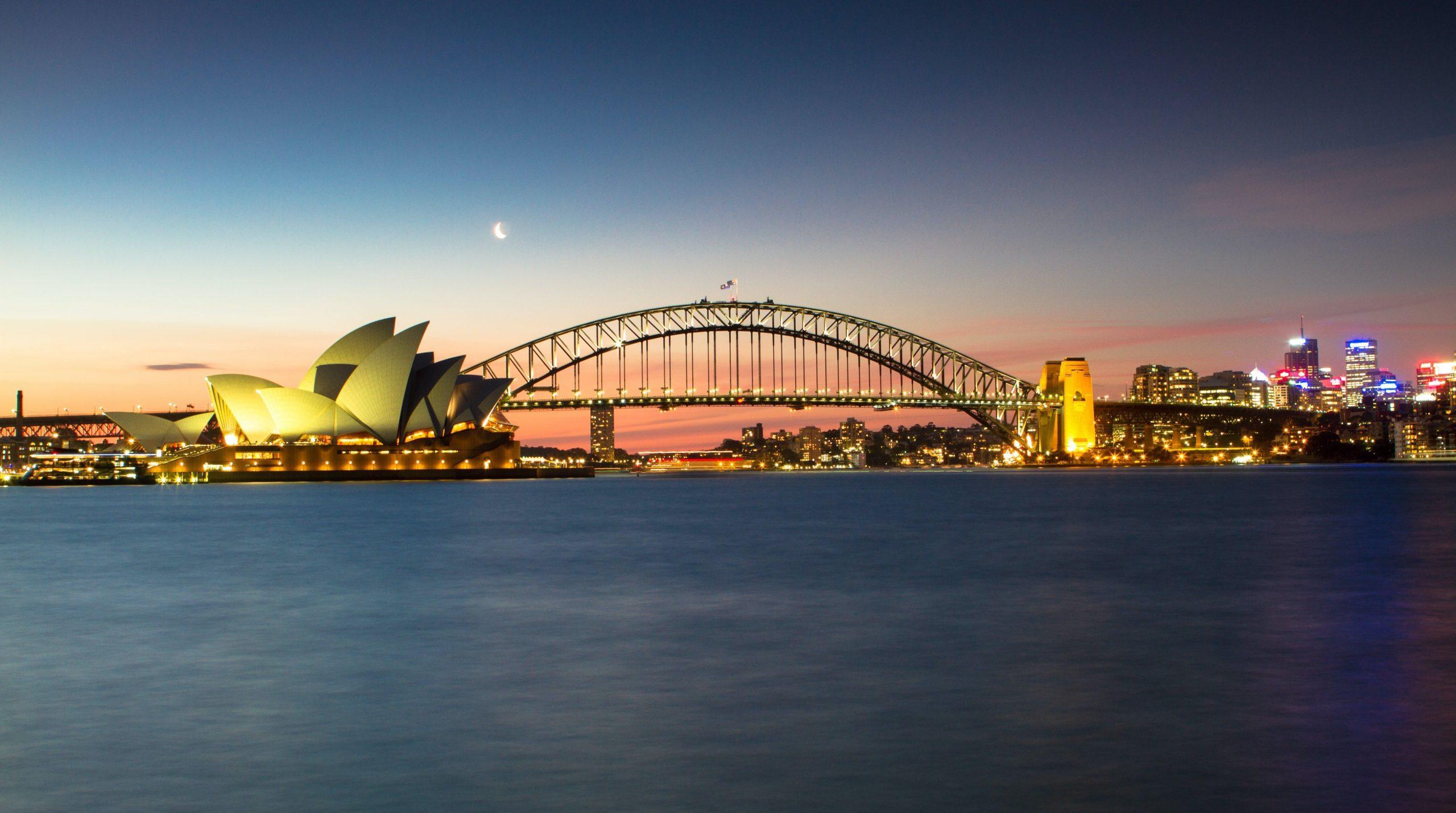Are Suborbital Flights Closer Than We Think?

Are Suborbital Flights Closer Than We Think?
Index
Suborbital flights linking Sydney to London in a mere two hours might be closer than we think.
It sounds like a dream… but you may want to read up on the side effects before you reach for your wallet.
A recent report funded by Britain’s Civil Aviation Authority (CAA) suggests suborbital flights could be less than a decade away, slashing long-haul flying times and paving the way for a new era of travel.
The technology already exists, but it comes at a cost – both physically and financially.
A flight on Sir Richard Branson’s Virgin Galactic currently costs around $AU680,000 – and that’s for a 90-minute flight that starts and ends in the same place.
However, the CAA’s report suggests that although suborbital flights are already a reality for the rich and famous, over the next 10 years they are expected to become affordable enough for anyone to take.
“Commercial suborbital space flights are now available for tourism and scientific research, and are ultimately anticipated to mature into extremely fast point-to-point travel, for example Sydney to London in less than two hours,” the study found.

Would You Want to Take a Suborbital Flight?
The question is whether it’s a journey you would actually want to take.
Participants aged between 32 and 80 were subjected to extreme levels of G-force for between 10 and 30 seconds as part of the study, with one participant passing out and another complaining of temporary loss of peripheral vision.
While no participants complained of any long-term side effects, none was asked to withstand the sort of extreme physical forces a two-hour suborbital flight would generate.
With passengers expected to withstand up to 6G of force upon re-entry to the earth’s atmosphere, a suborbital jaunt from Sydney to London is not for the faint-hearted.

Ironically, the study found that older passengers – particularly those whose arteries had hardened – were better equipped to withstand the pressures of suborbital flights than their younger counterparts.
And while researchers believe suborbital flights that can “reduce oxygen, affect the rhythm of the heart, and lead blood to pool away from the brain” should nevertheless be safe for passengers of all ages, it’s clear the first commercial passengers could be in for a bumpy ride.
Still, a solution that slashes up to 20 hours off current flight times should find plenty of takers.
For the latest news, insights, and more in the worlds of marketing, sales, and branding, follow Hunt and Hawk on LinkedIn. Or check out our blog.